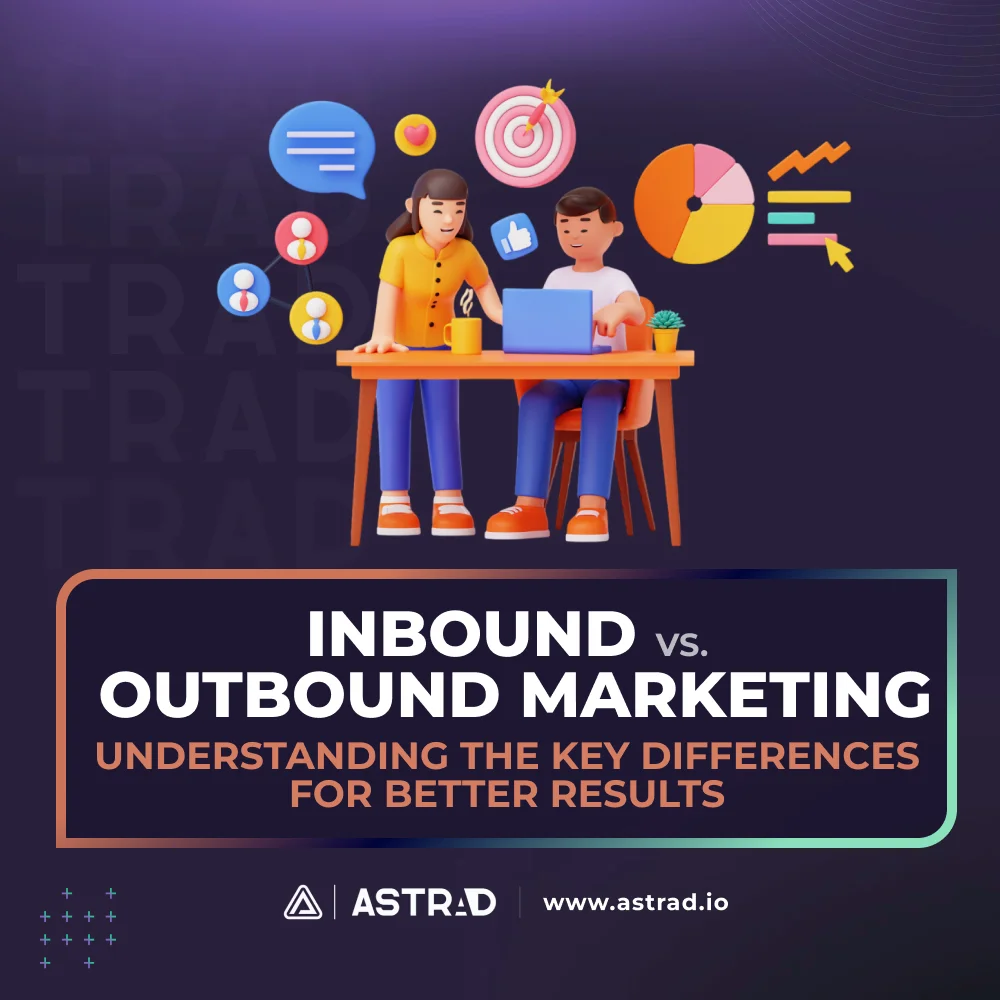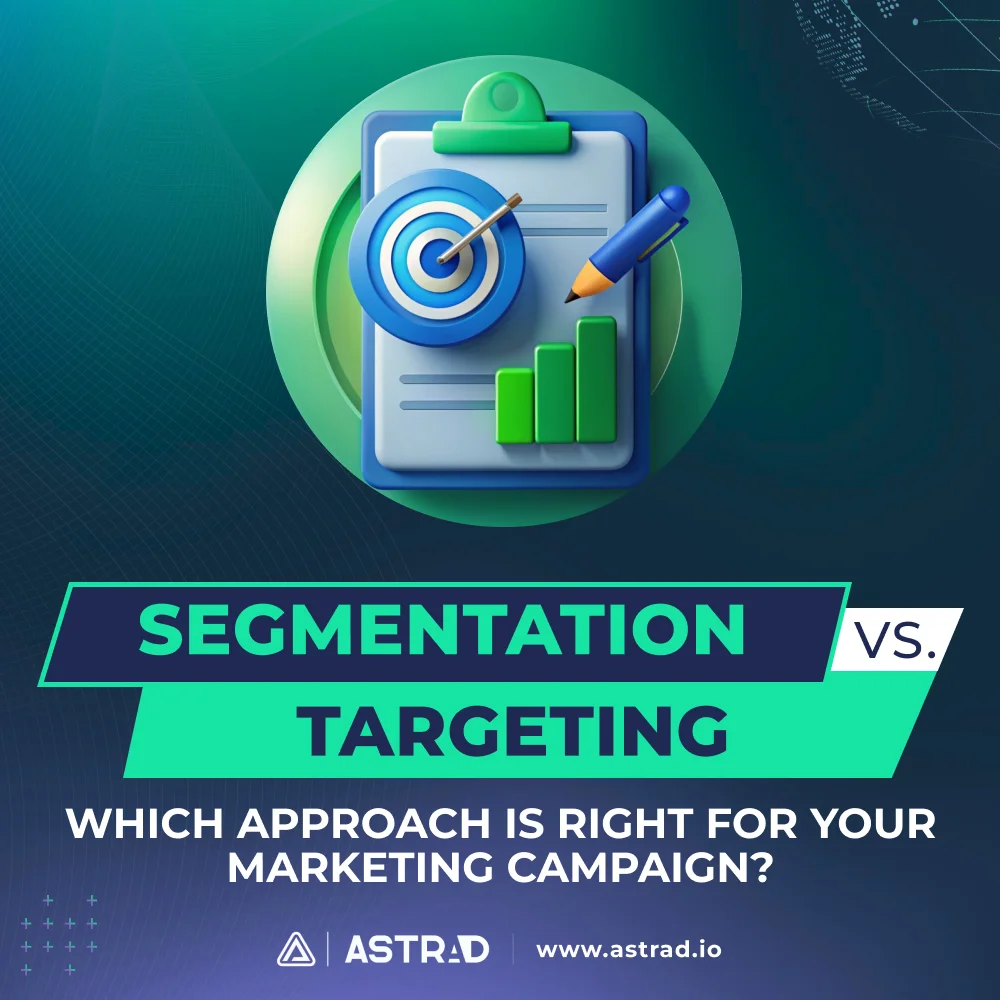The cookie crumbles — it is inevitable. Just don’t tell that Sesame Street rascal about those truisms. And Google’s market-savory chocolate chip is about to take the swan dive. Buckle up for Google’s ending of third-party cookies. This article unlocks the secrets to adapting to that change and not following suit — crumble.
Learn essential insights and strategies to navigate the new advertising landscape, build audience trust, and reach your ideal customers – all without relying on crumbs of data. Dive into first-party power, contextual targeting magic, and cutting-edge privacy-first solutions. Get ready to cook up success in a cookie-less future.
What are Cookies?
Cookies are small pieces of data stored on a user’s device by a web browser while the user is browsing a website. They are used to remember user preferences, track user activity, and help personalize the browsing experience. There are two main types:
- First-party cookies are created by the website domain that the user is visiting and are typically used to remember user preferences.
- Third-party cookies are created by domains other than the one the user is visiting and are often used for advertising and tracking purposes, allowing advertisers to track a user’s behavior across different websites to serve targeted ads.
Google's Announcement to End Third-Party Cookies
Google Chrome is phasing out third-party cookies gradually by the end of 2024. These tiny bits of code track your online activity across websites, allowing advertisers to target you with personalized ads. But privacy concerns have been mounting and Google is responding by prioritizing user privacy.
Businesses and marketers will need to adapt and focus on first-party data – information you collect directly from your customers – and explore alternative targeting methods. This change will be a great opportunity to build trust with your audience by being transparent about how you use their data. Google stopping third-party cookies is a challenge, but it is also an opportunity to be more creative and effective in your advertising.
The Shift Towards First-Party Data
The cookie era is ending and ushering in a data-driven feast where brands cultivate rich insights directly from their guests. This shift empowers businesses to understand, engage, and personalize experiences like never before. Imagine crafting marketing campaigns fueled by customer preferences, purchase history, and website interactions. It’s an assortment of knowledge leading to tighter customer relationships, targeted campaigns, and success in the privacy-focused future.
Google's Decision and Digital Marketing — The Impact
Google’s end of third-party cookies will impact the following key areas:
- Targeted Advertising Changes – Advertisers will need to find alternative methods for targeting specific audiences.
- Data Collection and Privacy – Advertisers will be forced to seek user consent for data usage and adopt more privacy-conscious approaches to data management.
- Impact on Retargeting Campaigns – Advertisers will need to find new ways to effectively reach potential customers who have shown interest in their products or services.
- Changes in Analytics and Measurement – Marketers will need to use alternative methods, such as cohort analysis, predictive modeling, and user journey mapping, to measure and analyze campaign performance.
- Programmatic Advertising – Ad tech platforms and demand-side platforms will need to adapt to new targeting methods and ensure compliance with evolving privacy regulations.
- Impact on Small Businesses and Publishers – Small businesses may need to invest more in first-party data collection and build direct relationships with their customers. Publishers may need to find alternative revenue streams as targeted advertising becomes more challenging.
How to Pivot and Embrace the Cookie-less Diet
Take the following steps to adapt to Google’s third-party cookies deprecation:
Invest in First-Party Data Collection
Prioritize building first-party data sources to collect direct insights and gain a deeper understanding of their customer’s preferences and behaviors.
Enhance User Privacy and Consent Mechanisms
Focus on transparent data practice and enhanced consent mechanisms by implementing clear and user-friendly opt-in/opt-out processes, providing comprehensive privacy policies, and empowering users to control their data.
Develop Contextual Advertising Strategies
Pivot towards contextual advertising strategies rather than individual user behavior, allowing the delivery of relevant and non-intrusive ads.
Leverage AI and Machine Learning
Analyze large volumes of first-party and contextual data to derive valuable insights about their audiences, personalize ad-targeting, and optimize campaign performance without relying on individual user tracking.
Strengthen Customer Relationships
Foster loyalty, engage in two-way communication, and deliver personalized experiences to help businesses gather first-party data, improve retention, and reduce reliance on third-party data sources.
Test and Iterate
Embrace a culture of experimentation, measurement, and agility to adapt to the evolving digital marketing environment.
First-Party Data — Why It Matters
First-party data is the information that companies gather directly from their customers and audience. This data offers unparalleled insights into user preferences, behavior, and needs. This allows companies to personalize experiences, target marketing effectively, and build stronger customer relationships. As privacy regulations tighten, cookie-based tracking fades, and first-party data is emerging as the currency of trust, empowering companies to navigate a customer-centric future.
First-Party Data Vs. Third-Party Data
Effectiveness
- First-party data is collected directly from your customers or users, so it tends to be highly relevant and accurate.
- Third-party data is collected by external sources, so it may not be as specific or nuanced as first-party data.
Privacy
- First-party data is collected with the consent of the individuals involved, aligning with privacy regulations and building trust with your customers.
- Third-party data is gathered from various sources without direct consent from the individuals, leading to potential privacy issues and compliance challenges.
Benefits of First-Party Data
- Stronger direct relationships: Offers a direct line to your audience, providing rich insights into user behavior, preferences, and intent across your website, app, or CRM while fostering deeper connections and building lasting loyalty.
- Granularity and accuracy: This tells you exactly who your customers are, what they like, and how they engage.
- Targeted marketing: Segment your audience, ensuring your ads reach the right people at the right time and increasing campaign ROI and conversion rates.
- Transparency and control: Provides transparency about your practices and gives users control over their data.
- Long-term sustainability: Stands as a reliable and future-proof alternative.
How to Build and Leverage First-Party Data
Implement Opt-In Strategies
Offer personalized experiences and benefits, such as exclusive content, discounts, early access, or personalized recommendations, in exchange for opting in.
Enhance User Registration Processes
Simplify and streamline the registration process to make it easy for users to provide their information.
Leverage Interactive Content
Create interactive experiences, such as quizzes, surveys, or polls, that encourage users to engage with your brand and willingly share information about their preferences and behaviors.
Utilize Email Marketing Effectively
Use email to nurture relationships with customers and gather valuable insights through email preference centers and feedback mechanisms.
Engage with Social Media
Encourage users to connect with your brand on social media platforms, where they can voluntarily provide information and engage in conversations, leading to valuable data collection.
Transparency and Trust Building
Clearly communicate how collected data will be used and assure users of data security and privacy protections.
Invest in Data Analytics and CRM Systems
Implement robust data analytics tools to extract valuable insights from the collected first-party data. Use Customer Relationship Management (CRM) systems to centralize and manage customer data effectively.
The End is Nigh — Google Stopping Third-Party Cookies
Google’s ending of third-party cookies should not represent a setback in your data collection. Don’t crumble with them. Don’t be caught lagging behind. Invest in your own treasure trove – first-party data. Build trust through transparency, personalize experiences, and explore exciting alternatives like contextual targeting and innovative social media engagement. Remember, adaptation is your shield, innovation your spear – embrace the change and redefine the future of digital marketing, one personalized experience at a time.






